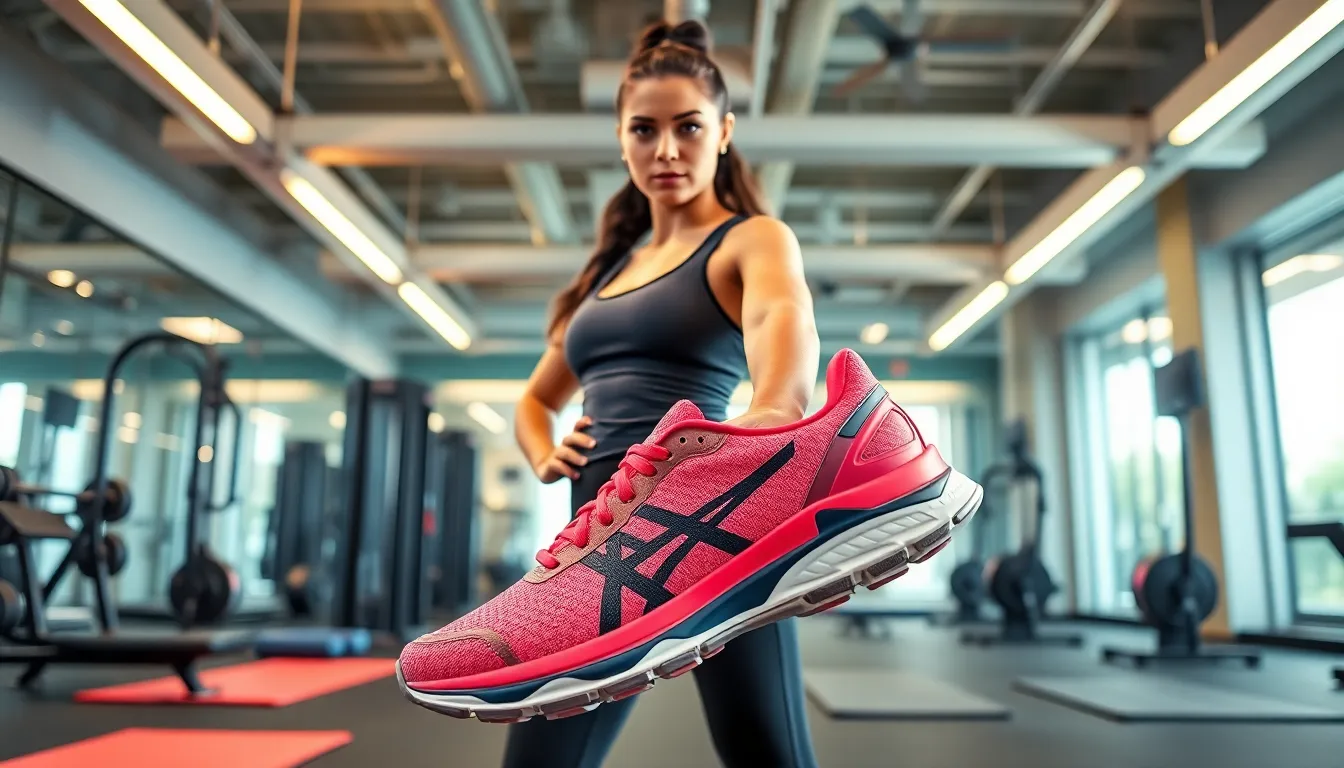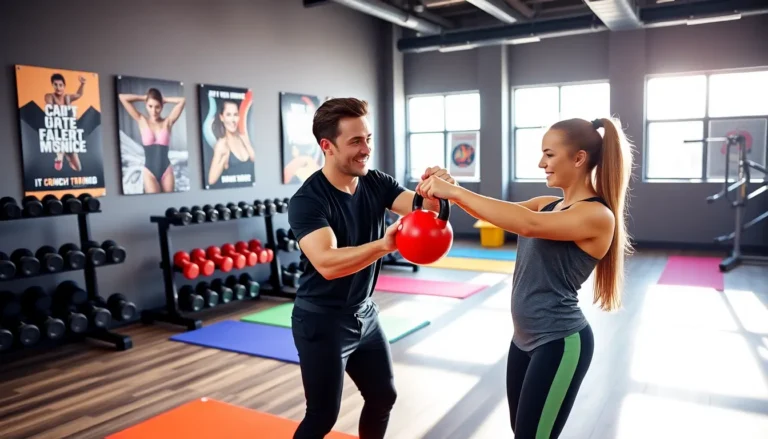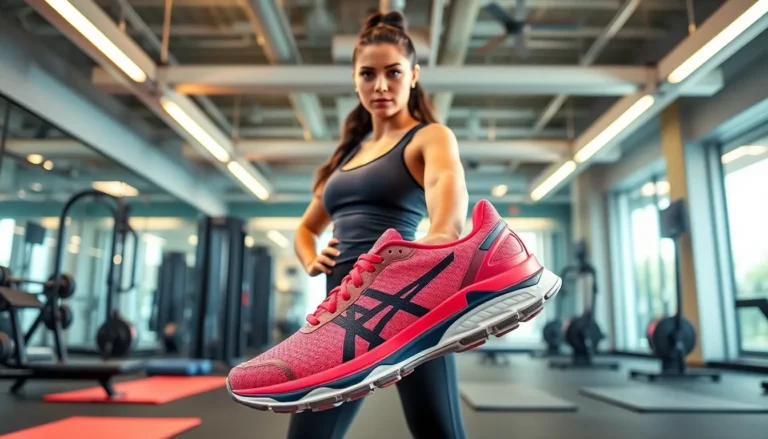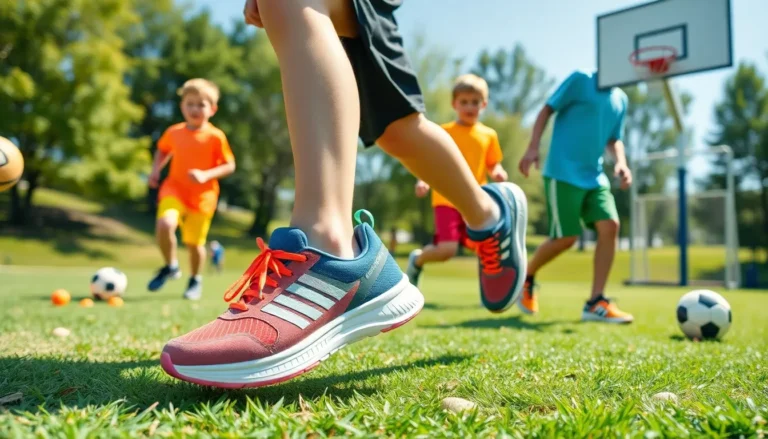When it comes to crushing workouts, whether it’s CrossFit, HIIT, or just a casual jog around the neighborhood, having the right shoes can make a world of difference. Picture this: you’re lifting weights, and your shoes feel like they’re holding you back. Now imagine instead, you’re gliding through your session as if you’re walking on clouds. Sounds great, right? In this guide, we’ll jump into the realm of women’s fitness and cross training shoes, providing you with insights to help you step up your game while keeping your feet happy, because let’s face it: nobody likes sore feet.
Table of Contents
ToggleUnderstanding Cross Training Shoes
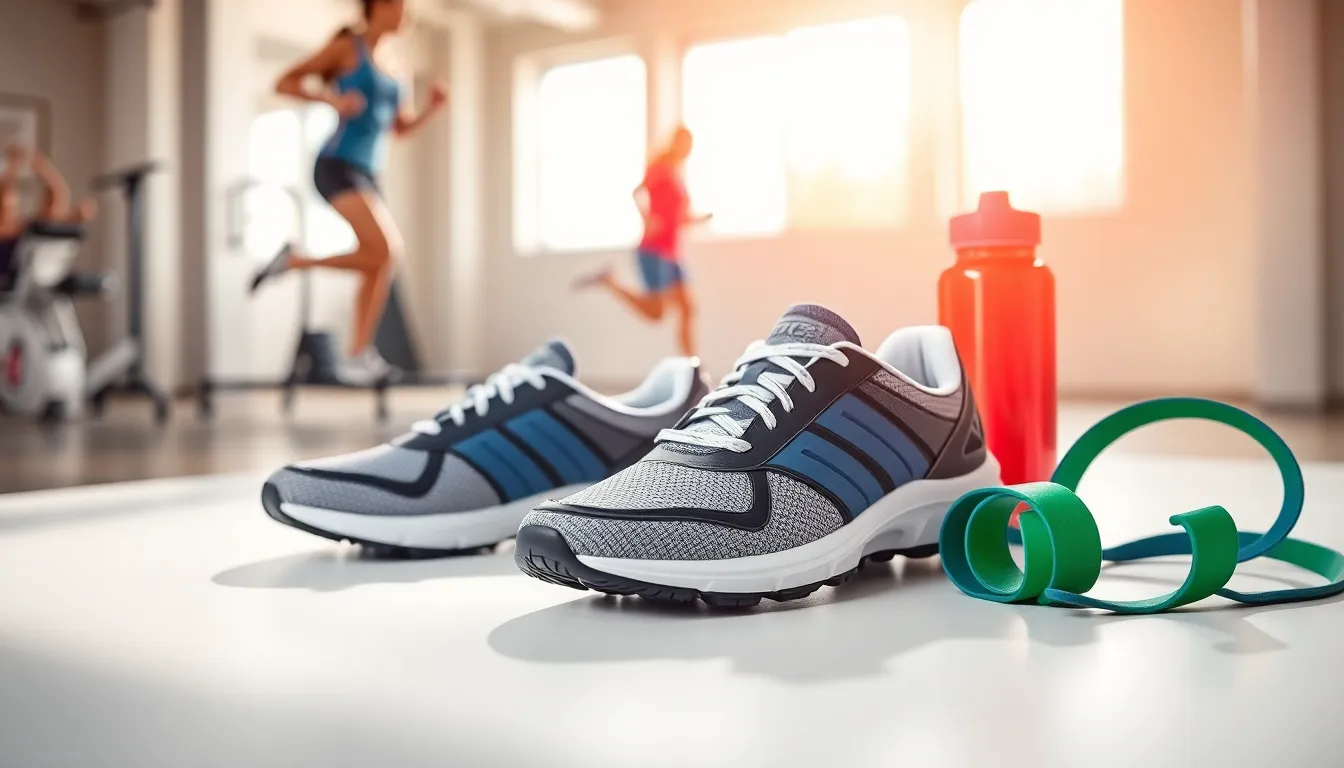
Cross training shoes are designed to handle a variety of workouts, think of them as the Swiss Army knife for your feet. Unlike traditional running shoes that focus solely on forward motion, cross trainers offer support and stability for lateral movements, jumps, and even weightlifting. If you engage in different activities like jumping rope, running, or aerobics, these shoes can adapt to your every move. They’re not just for the gym either: their versatility makes them a great choice for everyday wear. Plus, cross training shoes often come equipped with features specifically designed to enhance performance, making them a worthy investment.
Benefits of Cross Training Shoes for Women
Why invest in cross training shoes? Well, they offer a range of benefits tailored to every fitness enthusiast. First off, they provide excellent support for your arches and heels, which is essential for reducing the risk of injuries. Women often have different foot structures than men, so a shoe designed specifically with females in mind can help in delivering that perfect fit. Also, cross trainers promote better traction during quick side-to-side movements, decreasing the likelihood of slips. They strike the perfect balance between cushioning and stability, granting you the freedom to conquer any workout without compromise.
Key Features to Look For
When shopping for cross training shoes, there are several key features one should keep an eye on.
Cushioning
Good cushioning absorbs impact, ensuring comfort during high-intensity workouts. Look for EVA foam midsoles or gel inserts that can provide that plush feel without sacrificing responsiveness.
Stability
A sturdy heel counter is vital for stability. This feature helps keep your foot securely in place during lateral movements, making it ideal for activities like plyometrics.
Traction
Rubber outsoles featuring varied tread patterns enhance grip on multiple surfaces. Whether you’re on a gym floor or a trail, the traction ensures you won’t slide into next Tuesday.
Breathability
Don’t underestimate the power of breathability. Look for mesh panels or moisture-wicking materials to keep your feet cool. Trust me, sweaty feet will only distract you during those grueling sets.
Remember, each individual’s needs may vary, so consider what features resonate with your workout style.
Top Women’s Cross Training Shoe Brands
Now that you’re equipped with the essential features to consider, let’s explore some top brands that are dominating the women’s cross training shoe market:
- Nike: Known for stylish designs and cutting-edge technology, Nike offers a variety of options tailored for women. They blend performance with aesthetics, ensuring you not only feel good but look good too.
- Reebok: One of the pioneers in the cross-training shoe department, Reebok focuses on functionality and comfort, making them a go-to for serious athletes.
- Adidas: With a reputation for sleek designs, Adidas combines style and performance, ideal for both workouts and casual outings.
- New Balance: Celebrated for their commitment to fit and comfort, New Balance shoes often come in various widths to accommodate different foot shapes.
- Under Armour: This brand is all about technology. Under Armour shoes provide excellent cushioning and stability, making them favorites among serious trainers.
How to Choose the Right Pair
Selecting the right pair of cross training shoes involves a bit of research and trying on different styles. Here are some tips to help you navigate this process:
A Comparison of Popular Models
Many brands have different models designed for a range of activities. For example, if you’re into weightlifting more than cardio, a shoe with a flatter sole might suit you better as it offers more stability than a highly cushioned sneaker. Popular models like the Nike Metcon or Reebok Nano are excellent starting points for comparison.
User Reviews and Recommendations
Don’t underestimate the power of customer feedback. Jump into user reviews on retailer websites or fitness forums to gauge how well different brands hold up in real-life workouts. Paying attention to insights from fellow fitness enthusiasts can lend a hand in making the perfect choice.
Care and Maintenance Tips
Once you’ve found the perfect pair of cross training shoes, proper care and maintenance are crucial. Here are some tips to prolong their lifespan:
- Cleaning: Remove dirt and grime after each workout. Use a soft brush or damp cloth to clean off any excess mud. Avoid putting them in the washing machine, as this can damage both the shoes and their structural integrity.
- Drying: After cleaning or workout sessions, air-dry them away from direct sunlight or heat sources. Stuffing them with newspaper can help absorb moisture and maintain their shape.
- Rotation: If you regularly work out, consider having more than one pair of shoes. This allows each pair some time to breathe between workouts.

